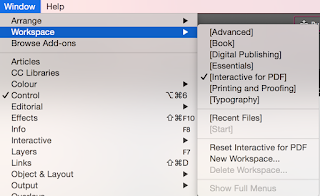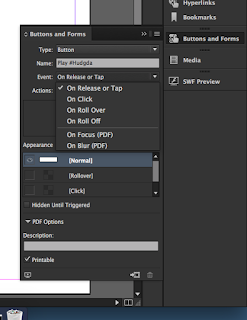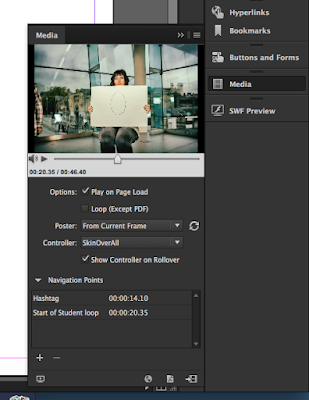Structure, chance and algorithms in a selection of visual and graphic art was the today's lecture topic. Graphic designers and artists use their own ideas to inspire their own work, as well as referencing other pieces of art. It introduces a certain amount of their own taste and opinion that creates certain styles. However, artists and designers do still experiment with algorithms, creating unexpected results - taking away their own intentions, relating to the pattern formed in nature.
Following patterns formed in nature, The 'Fibonacci Sequence' is a series of numbers, where a number is found by adding the two numbers before (0, 1, 1, 2, 3, 5, 8, 13, 21, 34 and so forth). The golden Spiral is also a form on nature, understood as 1: 1.618. It is derived from the Fibonacci Sequence in which each number is the sum of the two numbers before it. The difference between any two numbers in the sequence isn't always exactly equal to 1: 1.618 but close.
Joe Gilmore / Tom Betts
A collaboration to create 'rand ()%' is a departure from many of the other works presented as Dots & Lines. While most of the pieces in the exhibition use imagery to challenge our conception of what a score can be, rand ()% offers a powerful yet invisible notion of a score. Rand()% is also an automated net.radio station streaming generative music.
Kenneth Martin
Chance & Order - They typify Martin's commitment to simple sequences 'like the notes on a piano; and a few simple rules producing results which 'could be like a fugue.' He creates his pieces of work through the chance of picking numbers from a hat that help him decide where he would strike different coloured lines on the page.
Darrell Viner
Viner was a pioneering sculptor that worked with movement, he was also a pioneer in the field of computer art. He originally turned to computers to pursue his interest in movement and animation and applied technology to kinetic sculptures.
Joshua Davis
Davis is an American designer, technologist and author/artist in new media. He is best known as the creator of praystation.com and uses Macromedia Flash and Processing as tools to create art. I liked Davis' work the best out of all the artists, working with plenty of colour and different patterns to create exciting visual compositions.
 |
| Darrell Viner |





















